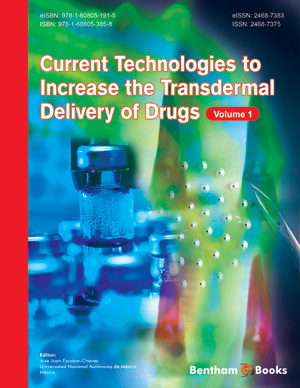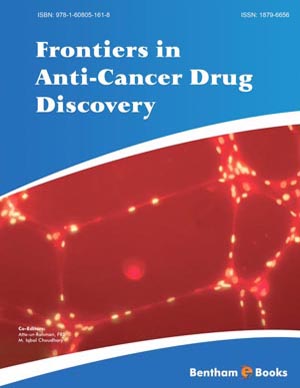Abstract
Angiogenesis is a physiological process associated with development and repair of tissues. In embryonic stage, vasculogenesis occurs by de novo synthesis of a network of primitive blood vessels from precursors of endothelial cells called angioblasts which proliferate and coalesce to form the primary capillary plexus. The primary capillary plexus serves as a scaffold for further angiogenesis. It involves remodeling by sprouting and branching of preexisting vessels. In adults, angiogenesis occurs during ovarian cycles and in physiological processes like wound healing and tissue repair. Tumor induced angiogenesis is a pathological condition wherein angiogenesis is up regulated due to aberrant deployment of normal angiogenic machinery. In small tumors, the cells receive nutrition initially by passive diffusion. However, as the tumor grows in size, within the confinement of tumor the availability of nutrients is limited due to increasing competition between rapidly proliferating cells and the diffusion of nutrients is impeded by high interstitial pressure. In order to overcome this nutrient deprivation and for growth, invasion and subsequent metastasis, the tumor cells induce formation of new blood vessels from preexisting ones. This enables the survival of the tumor cells in a hostile microenvironment. Neo-angiogenesis is a complex process involving an extensive interplay between cells, soluble factors and extracellular matrix components. A critical equilibrium is regulated by anti and proangiogenic factors and the balance is shifted in favor of angiogenesis by hypoxia or inflammation. In tumor associated angiogenesis, the cancerous cells secrete or stimulate the secretion of various pro-angiogenic factors including Angiogenin, Vascular endothelial growth factor (VEGF), Fibroblast growth factor (FGF) and Transforming growth factor-β (TGF-β). The stimulation for neo-angiogenesis is called an angiogenic switch. The principal stimulation is thought to be oxygen deprivation possibly assisted by inflammation, oncogenic mutation, mechanical stress etc. VEGF is the most specific angiogenic factor for endothelial cells. VEGF binds to its receptors inducing signaling pathways that in turn bring about endothelial cell proliferation, differentiation, migration, increased vascular permeability and release of endothelial cell precursors from the bone marrow. Sequentially, angiogenesis involves the degradation of basement by proteases, migration of endothelial cells (EC) into interstitial spaces and sprouting, ECs proliferation at the migrating tip and lumen formation, generation of new basement membrane with the recruitment of pericytes, formation of anastomoses and finally blood flow. Targeting angiogenesis for treatment of cancer has been an appealing concept among researchers for over three decades and recently many angiogenic inhibitors have moved from preclinical to clinical trials. Most of angiogenesis inhibitors have been found to be cytostatic rather than cytocidal. Hence, anti-angiogenic therapy is useful when administered in combination with conventional chemotherapeutic agents. Today there are more than 30 anti-angiogenic drugs in use showing considerable disease response. The development of anti-angiogenic drugs involves identification of new targets in the angiogenic pathway as well as identification and management of a new range of toxicities.
Keywords: Angiogenesis, angiogenesis inhibitors, endothelial cells, growth factors, hypoxia, intussusception, sprouting, tumor, vasculogenesis, VEGF.






















